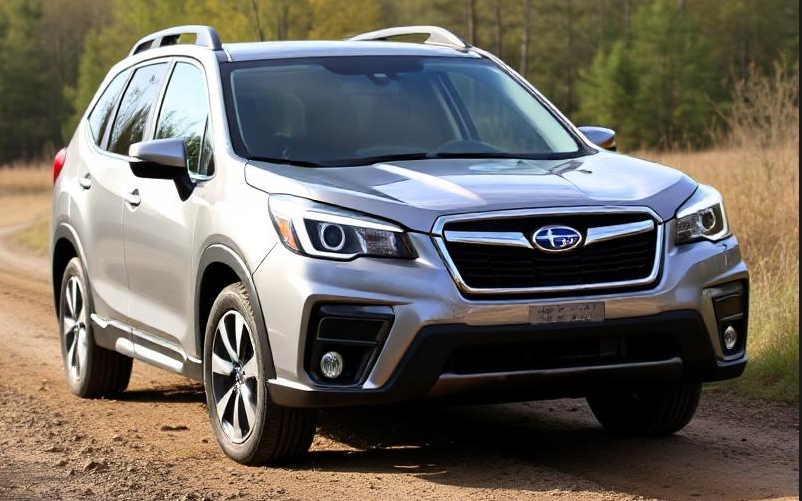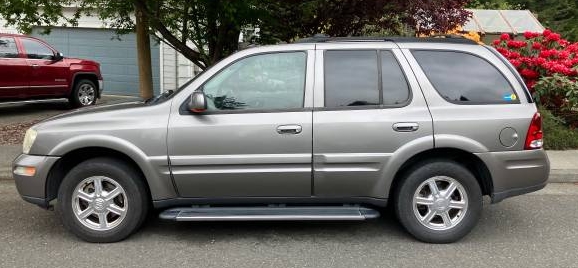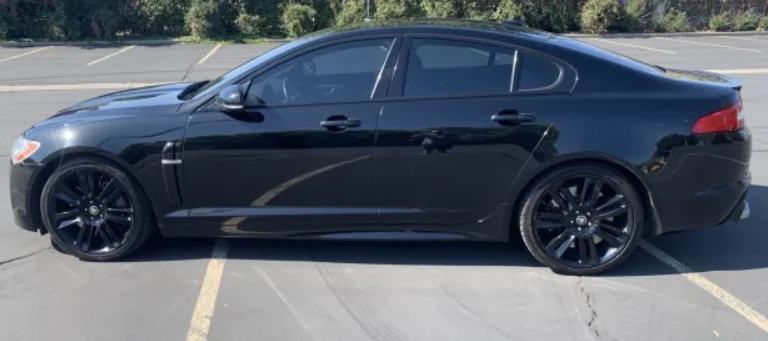The Evolution of the Subaru Forester: A Comprehensive Overview
The Subaru Forester has long been a stalwart of the compact SUV market, recognized for its blend of reliability, practicality, and off-road capability. Since its introduction, the Forester has undergone significant transformations, adapting to changing consumer demands, advancements in technology, and evolving automotive standards. In this article, we delve into the evolution of the Subaru Forester, tracing its journey from its inception in 1997 to the latest models in 2023, while highlighting the various trim levels and notable features throughout the years.
First Generation (1997-2002)
Launch Year: 1997
The Subaru Forester debuted in 1997 as a compact SUV built on the Subaru Impreza platform. It was initially designed as a versatile vehicle that could cater to both urban and rural drivers. The first-generation Forester featured a unique blend of SUV-like body and station wagon proportions, which quickly garnered it a dedicated following.
Models and Trim Levels:
- L: The base model came with a 2.5L SOHC flat-four engine and standard features like air conditioning and a cassette player.
- S: This mid-tier model provided a more powerful 2.5L DOHC engine along with additional features like alloy wheels.
- Limited: The top-tier trim featured enhanced interior materials, upgraded audio systems, and more amenities.
Second Generation (2003-2008)
Launch Year: 2002
The second generation was introduced in 2002 and featured a more refined and muscular design compared to its predecessor. It was larger, more robust, and offered significant improvements in handling and ride comfort.
Models and Trim Levels:
- X: The base model featured a standard 2.5L engine and a no-frills approach to features.
- XS: This trim came with additional options such as a sunroof and a more advanced audio system.
- L.L. Bean Edition: Named after the famous outdoor brand, this trim was aimed at outdoor enthusiasts and included special interior accents and features like a unique leather upholstery.
Third Generation (2009-2013)
Launch Year: 2008
Unveiled in 2008, the third generation of the Forester marked a significant shift in design philosophy, moving towards a more modern and aggressive appearance while maintaining its practicality. This generation also saw the introduction of a turbocharged variant.
Models and Trim Levels:
- 2.5X: The base model with a 2.5L engine and standard features.
- Premium: Added a few comfort features like a sunroof and upgraded audio.
- Limited: Offered leather upholstery and advanced safety features.
- XT: The turbocharged variant provided heightened performance with increased horsepower and sport-tuned suspension.
.

.
Fourth Generation (2014-2018)
Launch Year: 2013
The fourth-generation Forester debuted in 2013, featuring a larger and more versatile interior and improved fuel efficiency. This model emphasized safety, with numerous high-tech safety features and systems integrating into the SUV.
Models and Trim Levels:
- 2.5i: Served as the standard model featuring a 2.5L engine.
- Premium: Offered a power moonroof and enhanced audio.
- Limited: Equipped with leather seating and further technology enhancements.
- Touring: The top-of-the-line model introduced features like navigation and additional driver assistance technologies.
The fourth generation also saw Subaru’s EyeSight driver assistance technology being offered as an option in many trims, revolutionizing the safety and convenience of the vehicle.
Fifth Generation (2019-Present)
Launch Year: 2018
In 2019, the Subaru Forester entered its fifth generation, showcasing a complete redesign that emphasized rugged capability and modern design. Built on the Subaru Global Platform, it offered enhanced rigidity, improved handling, and a quieter ride.
Models and Trim Levels:
- Base (2.5i): The entry-level model with standard features and safety equipment.
- Premium: Enhanced features such as a larger infotainment screen and additional connectivity options.
- Sport: Introduced a bolder styling with orange accents, upgraded audio, and all-weather capability.
- Limited: Built on the Premium features with luxurious leather interior and advanced safety tech.
- Touring: The ultimate trim featuring all available options, including a panoramic sunroof, premium audio, and top-notch safety features.
The fifth-generation Forester was also known for its commitment to sustainability, with the introduction of a hybrid variant in some markets, aiming to accommodate environmentally conscious consumers.
Key Innovations and Features
Throughout its evolution, the Subaru Forester has maintained several key features that contributed to its enduring popularity:
- All-Wheel Drive (AWD): From the very beginning, the Forester was equipped with Subaru’s signature AWD, which has been a defining trait, offering superior traction and stability, especially in challenging weather conditions.
- Safety Ratings: The Forester has consistently scored high in safety ratings, often being recognized with awards from organizations like the Insurance Institute for Highway Safety (IIHS). Features like the EyeSight suite of safety technology further cemented its reputation.
- Interior Versatility: The Forester’s interior has been praised for its spaciousness and flexible cargo options. The rear seats can fold flat, allowing for ample cargo space, making it ideal for outdoor adventures.
- Fuel Efficiency: Improvements in technology and engine efficiency over generations have made the Forester a competitive option regarding fuel economy, particularly with the introduction of turbocharged engines and hybrid variants.
- Environmentally Friendly Options: In response to global demands for more eco-conscious vehicles, the inclusion of hybrid options in the latest generation demonstrated Subaru’s commitment to sustainability.
Conclusion
The Subaru Forester has undoubtedly evolved significantly since its launch in 1997. From its origins as a compact SUV merging the features of a wagon and an SUV, it has grown into a vehicle that caters to diverse consumer needs. The various models and trim levels offered over the years reflect Subaru’s commitment to innovation, safety, and user-friendliness, establishing the Forester as a mainstay in the competitive SUV market.
As of 2023, Subaru continues to adapt and innovate with the Forester, ensuring it remains a go-to option for drivers seeking a reliable, versatile, and safe vehicle for both urban and outdoor escapades. With ongoing advancements in technology, design, and environmental consciousness, the Subaru Forester is poised to remain a beloved choice for many consumers in the years to come.







